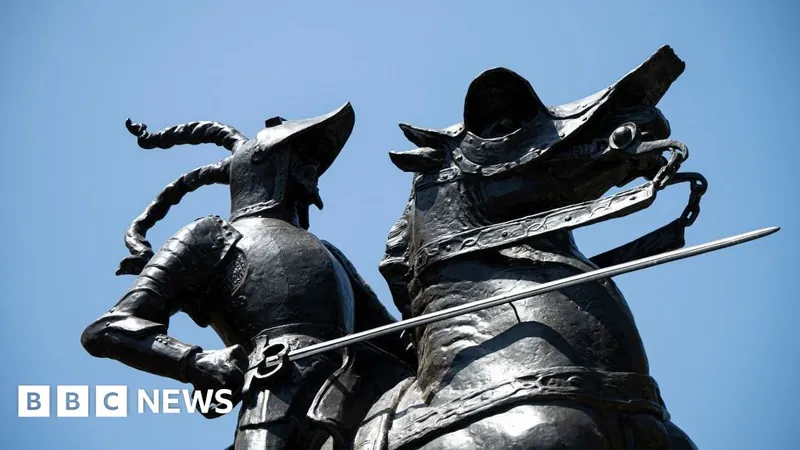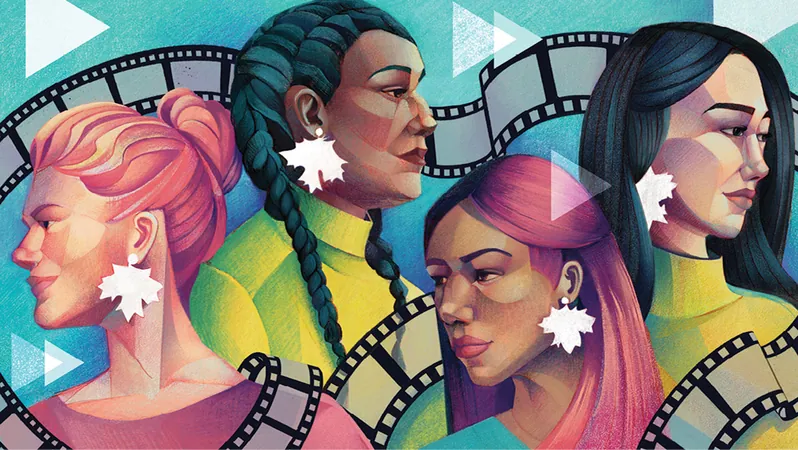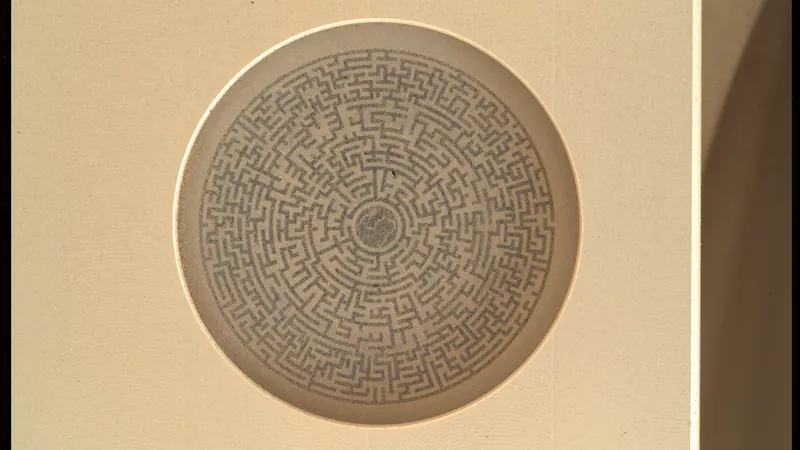
Controversial Return of Pizarro Statue Sparks Debate in Lima
2025-01-19
Author: Liam
Controversial Return of Pizarro Statue Sparks Debate in Lima
In a move that has reignited historical debates, the statue of Spanish conquistador Francisco Pizarro has been officially reinstalled at the heart of Lima, Peru, over two decades after its removal. This restoration was marked with a ceremony celebrating the 490th anniversary of Lima's founding.
Pizarro, who famously overthrew the Inca Empire and established Lima in 1535, is a polarizing figure in Peruvian history. For many Indigenous leaders and activists, his legacy is one of destruction and cultural erasure, labeling him as a merciless conqueror responsible for mass killings and the demise of ancient civilizations. Conversely, supporters of the statue argue that history should not be whitewashed and that Pizarro's actions laid the foundation for modern Peru.
The bronze monument, depicting Pizarro on horseback wielding a sword, was sculpted by American artist Charles Rumsey and gifted by his widow in honor of Lima's fourth centenary in 1935. In 2003, after mounting pressure from social movements advocating for Indigenous rights, the statue was relocated to a park on the outskirts of the city, where it suffered damage from nearby train traffic.
The recent ceremony that unveiled the statue featured prominent figures including Rafael López Aliaga, the Mayor of Lima, and Isabel Díaz Ayuso, the President of the Community of Madrid. López Aliaga stressed the importance of remembering history, while Díaz Ayuso noted that the event symbolizes "not just the birth of a city but also the commencement of a historic encounter that altered the world."
However, the statue's return has faced significant backlash, as dozens of opponents gathered in Plaza de Armas to express their discontent. Demonstrators have called the reinstatement an "offense" to Indigenous peoples not only in Peru but across Latin America and beyond. They contend that glorifying Pizarro's legacy overlooks the atrocities committed against Indigenous communities during the colonial period.
As Lima grapples with its complex history, the city's residents are left to ponder what this renewed tribute means for their identity and collective memory. The ongoing discussions surrounding the statue reflect a broader global trend of reevaluating historical figures and their implications in the present day. Will Lima's citizens be able to reconcile these differing viewpoints, or is this just the beginning of a more profound cultural showdown? The debate continues.









 Brasil (PT)
Brasil (PT)
 Canada (EN)
Canada (EN)
 Chile (ES)
Chile (ES)
 Česko (CS)
Česko (CS)
 대한민국 (KO)
대한민국 (KO)
 España (ES)
España (ES)
 France (FR)
France (FR)
 Hong Kong (EN)
Hong Kong (EN)
 Italia (IT)
Italia (IT)
 日本 (JA)
日本 (JA)
 Magyarország (HU)
Magyarország (HU)
 Norge (NO)
Norge (NO)
 Polska (PL)
Polska (PL)
 Schweiz (DE)
Schweiz (DE)
 Singapore (EN)
Singapore (EN)
 Sverige (SV)
Sverige (SV)
 Suomi (FI)
Suomi (FI)
 Türkiye (TR)
Türkiye (TR)
 الإمارات العربية المتحدة (AR)
الإمارات العربية المتحدة (AR)